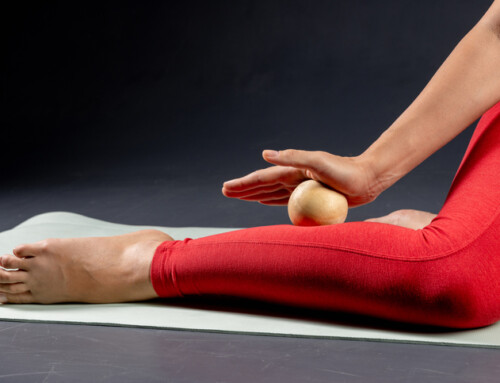Understanding the Rotator Cuff
The rotator cuff is a group of four muscles and tendons that surround the glenohumeral joint, or the shoulder joint, where calcific tendonitis of the rotator cuff can cause pain an loss of motion. The purpose of these muscles is to provide stability and allow functional movement of the shoulder. The four muscles of the rotator cuff include: the supraspinatus, infraspinatus, the subscapularis and teres minor. The function of these muscles are as follows:
- Supraspinatus: The supraspinatus helps initiate and assist lifting the arm away from the body.
- Infraspinatus: This muscle functions to externally rotate the shoulder such as the motion of reaching behind you to grab the seatbelt.
- Subscapularis: This muscle functions in the opposite motion of the infraspinatus. It functions to move the shoulder internally, as if you were placing your hand on your stomach.
- Teres Minor: The Teres Minor attaches to the outside of the scapula, or shoulder blade. It is used to also externally rotate the shoulder as well as pull the shoulder close to the body.
So, what is Calcific Tendonitis of the Rotator Cuff?
Calcific tendonitis is a condition affecting the tendons of the rotator cuff. With this condition, calcium hydroxyapatite crystals become embedded in the tendons of the rotator cuff. As a result, the body triggers a cell mediated response producing an increase in tendon inflammation, edema, as well as an increase in pressure in the subacromial space. This can lead to moderate-severe pain as well as loss of range of motion as the tendons of the rotator cuff impinge on the structures above.
The mechanism of developing calcific tendonitis remains unknown. However, the condition has been documented to affect people ages 40-60 and with a higher prevalence noted in women. The supraspinatus and infraspinatus are the two most common tendons involved with this condition. Calcific tendonitis can be broken down into three stages.
- Pre-calcification stage: In this stage, a person will usually present as asymptomatic. During this phase, the tendons of the rotator cuff undergo cellular changes which predispose them to developing calcium deposits.
- Calcific stage: This stage is characterized by the release of calcium from the cells where it begins to form deposits. This stage can be divided into the resting stage and the reabsorption phase. The resting phase is characterized by the full formation of the calcium deposit. The reabsorption phase is the most painful portion of this condition where the calcium deposits are broken down and reabsorbed by the body.
- Post-calcific stage: This stage is typically characterized as pain-free. In this stage, the tendons of the rotator cuff begin to heal and remodel with collagen fibers.
Although there is no specific time frame for the recovery, it has been reported that 90% of cases can be treated conservatively, or without requiring surgical intervention. The other 10% of cases that do not resolve with conservative treatment will often times require a surgical procedure to remove the calcium deposits.
Why Physical Therapy can help
A physical therapist can help improve symptoms of calcific tendonitis. Physical therapists work to:
- Decrease pain and inflammation
- Restore shoulder range of motion
- Improve rotator cuff strength
- Restore scapular control and shoulder stability
- Allow patient to return to sport or occupation
It is important to contact a physical therapist with experience in treating calcific tendonitis of the rotator cuff and related conditions. At Capital Area Physical Therapy, we are committed to providing the latest treatments and techniques available for patients. We actively and consistently work to provide our patients with the highest standards in physical therapy care. Call us at (518) 289-5242 to schedule an appointment at one of our physical therapy clinics in Queensbury, Malta and Saratoga Springs NY, serving the Warren, Washington, Saratoga County regions. Call us at
References
- De Carli A, Pulcinelli F, Rose GD, Pitino D, Ferretti A. Calcific tendinitis of the shoulder. Joints. 2014;2:130-136.
- ElShewy MT. Calcific tendinitis of the rotator cuff. World journal of orthopedics. 2016;7:55.






